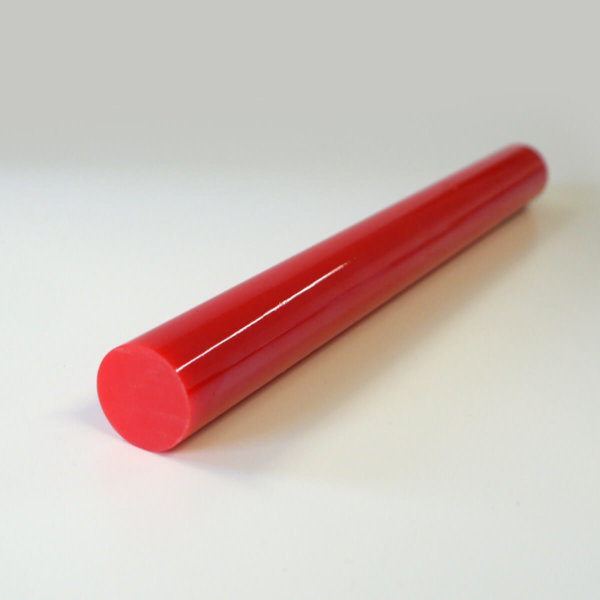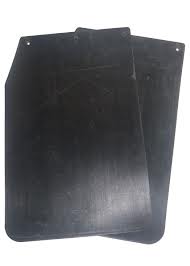Polyurethane applications to help steer automotive innovation and cost control
How is polyurethane helping companies in automotive supply chains to cope with current challenges and future trends? The answer is in the unique properties this material has to be formulated and moulded with precision.
Polyurethane for the car industry is not confined simply to the production of seat foam. This highly versatile and variable material is finding its way into many other automotive applications. The reasons for its increasing use are many but also hinge on providing important cost savings along with commercial advantages.
All of this means this humble material is playing a key role in helping the automotive sector to meet its current and future challenges.
What drives specifications for automotive supply chains?
Global competition and increasing costs have already made the search for keenly priced materials and components a race for survival, as well as the road to healthy profit margins.
However, pressures on manufacturers in automotive-related industries have been greatly compounded by the global shutdown due to the COVID-19 pandemic. Cost efficiency and lean manufacturing have never been more crucial.
Also, companies and consumers are increasingly interested in sustainability. This includes growing demand for smaller vehicles, with better manoeuvrability and energy efficiency, as well as the inevitable switch to electric. Add in autonomous technology, and innovation is now at a rapid pace.
The need to shift gears agilely can leave companies in automotive supply chains ever more dependent on wholly reliable materials and components. Companies also need to be sure that any innovations and changes they make can be quickly reflected in the carefully cost-controlled parts and components involved.
In a nutshell, consumer demand, legislation and global events are driving the industry through a period of unprecedented transformation. This in turn accelerates the need for competitively priced components, offered by companies able to provide a fast turnaround and opportunities to change specifications at short notice.
Related article: Are Polyurethane Wheels Good?
Uses of polyurethane for the car industry

You will increasingly find unique mixes and moulds of polyurethane in and around vehicles. This includes major applications, such as seat and bumper foams with their highly diverse goals and specifications.
However, it is also increasingly used for everything from vehicle ceilings to doors and windows, and from seatbelt mechanisms to sealants and adhesives for lights fittings.
Bespoke moulded polyurethane products for the automotive sector include various bushes, Bump stops, couplings, guide wheels and accessories such as mud flaps, snow chains and scrapper blades.
The list is long!
Related article: Polyurethane Rollers vs Plastic or Rubber Rollers
What’s so special about polyurethane?
So, how does polyurethane manage to tick so many boxes when it comes to creating parts and components for the fast-moving automotive sector?
One of the main reasons polyurethane is increasingly used in this industry is that its formula, shape and tensile properties can be altered to an infinite number of variations.
This makes it possible for R&D teams to commission the perfect component to match both existing and innovative requirements. No need to compromise; even on cost as despite its versatility, polyurethane is still competitively priced.
Also, using this material to mould or fill parts for vehicles produces a much lighter result, compared to many alternative materials. Reducing the weight factor of vehicles, which contributes to better fuel economy.
Durability and strength are always values that make polyurethane attractive to specifiers. This is no less true in automotive supply chains. Wheels, rollers and other moving parts made from polyurethane mixes are incredibly resistant to friction, abrasion and pressure. Meaning they don’t crack, scratch, distort or shred, even when in constant use.
Polyurethane’s ability to repel oil and moisture also makes it an excellent option for automotive applications. It is resistant to moulds too, which further elongates its ‘shelf life’ when used for vehicle components.
In fact, its superlative corrosion resistance is undoubtedly one of the main reasons polyurethane is gaining ground. Using it for automotive production applications reduces the need to replace or repair fixtures and parts as often.
Polyurethane offers other advantages for the automotive manufacturing sector too, due to its unique chemical structure. It provides a high degree of insulation and sound absorption, two of the developmental priorities that many manufacturers have in all transport fields.
Also read: Are Polyurethane Skateboard Wheels Good?
Tactile and visual properties
Not all production priorities in the automotive supply chain revolve around form, function and fortitude! Automotive design and innovation are also inspired by aesthetics.
Polyurethane can outclass alternative materials for both visual and tactile priorities. This extends from the foam used for robust but comfortable seats, to colour-matched moulded polyurethane for use in car interiors.
From the simplest of automotive applications to the more complex uses of this versatile material, polyurethane is increasingly the answer to many vehicle design and production questions!
Want to find out how much it will cost to make your products?




